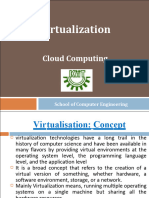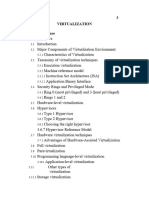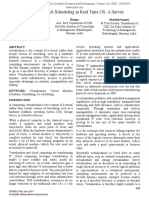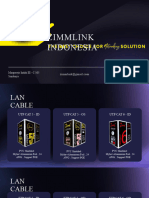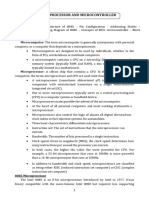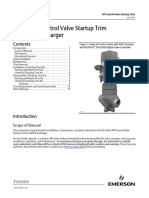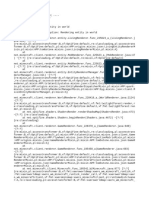0% found this document useful (0 votes)
16 views10 pagesUnit - I Virtualization
The document provides an overview of virtualization and cloud computing, highlighting their definitions, key differences, and the need for virtualization. It discusses various types of virtualization, including hardware-based, full, partial, and paravirtualization, along with the types of hypervisors. Additionally, it outlines the virtualization reference model and the components involved in a virtualized environment.
Uploaded by
KspCopyright
© © All Rights Reserved
We take content rights seriously. If you suspect this is your content, claim it here.
Available Formats
Download as DOCX, PDF, TXT or read online on Scribd
0% found this document useful (0 votes)
16 views10 pagesUnit - I Virtualization
The document provides an overview of virtualization and cloud computing, highlighting their definitions, key differences, and the need for virtualization. It discusses various types of virtualization, including hardware-based, full, partial, and paravirtualization, along with the types of hypervisors. Additionally, it outlines the virtualization reference model and the components involved in a virtualized environment.
Uploaded by
KspCopyright
© © All Rights Reserved
We take content rights seriously. If you suspect this is your content, claim it here.
Available Formats
Download as DOCX, PDF, TXT or read online on Scribd
/ 10








